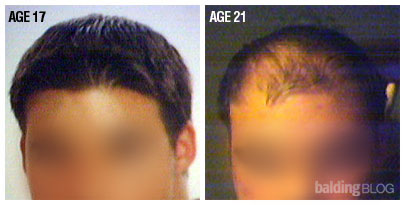Suppose a patient has had two non-lateral slit transplants by doctor A (who is reputable), and goes for a third operation with doctor A (who now advertises use of lateral slit)–should doctor A perform a lateral slit transplant on the same patient, or continue with the same method of the previous two surgeries? Also, does the lateral slit method deserve the positive “hype” it receives on hair transplant sites? Or, is the difference slight and subtle and even overrated? Finally, when a transplant has been completed and the required one year waiting period ends, if hairs appear to grow straight up from the scalp, would you deem this to be a poor transplant? In my case, it appears that the hairs come straight out of the scalp, but lean or lay down–perhaps because of the weight of the hairs and also because of how I comb the hairs.
Switching between lateral and vertical slits are not a problem, but the learning curve for staff is a problem and those with experience in vertical slits will not just simply become experts in lateral slits without some experience.
I like the idea of lateral slits because it forces a bend of the hair as it exits the scalp forward and downward. In addition, the concept of fencing (where hair within a follicular unit appear like a fence/wall) should enhance the value of the grafts. Now with that said and the great theory, the realities are that no one has really demonstrated the value of lateral vs vertical slits, side by side. I have massive experience transplanting with vertical slits beyond 4 years ago, however I do lateral slits because it makes sense and it is in vogue, not because I am convinced that the results are better than those of the vertical slits.
If transplanted hairs grow straight up or to the sides, it usually reflects the way the surgeon put them in. I have seen people who had radial placement of hair with straight, strong hair and the hairlines look like bicycle spokes — not a normal hairline. Last week, I saw a patient where the hair was put in pointing to the right. The patient wanted to comb his hair back but because of a strong hair character, it always pointed to the right creating an unnatural appearance. This is a problem of strong haired people, not soft haired people. Hair characteristics tend to dominate in some people, impacting the way hair can be groomed.

